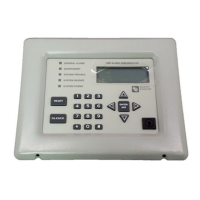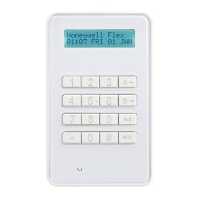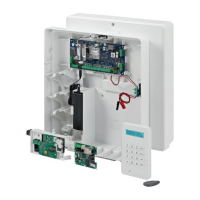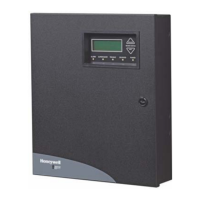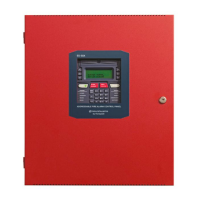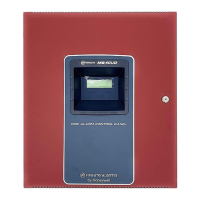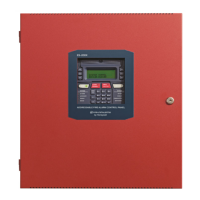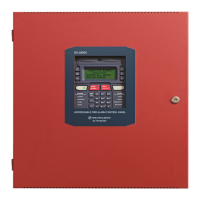90 IFP-75/IFP-75HV Installation/Operation Manual — P/N LS10147-001SK-E:D 06/25/2021
Programming Zone
Figure 9.2 Edit Zone Properties
Alarm Delay Characteristics
The programmed zone type is provided for user reference only. To modify the zone type, use the HFSS Honeywell Fire Software Suite.
Table 9.2 list the delay choices and a description of each type. Then, press ENTER.
Detection type also selected from
this screen (see “Alarm Delay
Types” on page 90).
Type of Delay Description
1-Count One Count (No Delay). When this option is enabled, an alarm occurs immediately when a single device of any of the
following types goes into alarm: detector, manual pull, water flow, Aux1 or Aux2. This is considered the most typical
operation and is the default for all zones.
2-Count When this type of alarm delay is used, two or more detectors within the zone must go into alarm in order for the zone to
report an alarm. Switches of type manual pull, Detector switches, water flow, Aux1 and Aux2 are an exception; they will
cause an alarm when only one switch is in alarm.
When a single detector is in alarm in a 2-Count zone, the System enters a pre-alarm condition. In a prealarm condition,
the touchpad PZT beeps and the annunciator display indicates that a pre-alarm has occurred. If the zone has been
mapped to an Output Group for the pre-alarm event, the Output Group will activate. The pre-alarm will not be reported to
the central station.
When two count is used, detector spacing shall be cut in half. You should not use the alarm verification feature, and no
delay shall be used.
Alarm Verification Alarm verification is an optional false alarm prevention feature that verifies an alarm condition by resetting the smoke
detector. If the alarm condition still exists by the time the reset cycle has completed, the detector will go into alarm. If the
detector is no longer in alarm, no report will access the central station. The alarm verification sequence is ignored if the
zone is already in alarm.
PAS-Positive Alarm
Sequence
This option is intended to be used with an acknowledge switch. An alarm is delayed for 15 seconds, giving on-site
personnel a chance to investigate the alarm. If the acknowledge switch is not activated within 15 seconds, an alarm
occurs automatically.
If this option is enabled for a zone, the zone will respond to an alarm condition as follows:
• The zone will not go into alarm for 15 seconds to allow an on-site operator to activate the acknowledge switch.
• If the operator does not press the acknowledge switch within 15 seconds, the zone will go into alarm.
• If the operator presses the acknowledge switch within 15 seconds, a 180-second time-frame will begin counting
down. This time-frame allows the operator to investigate the cause of the alarm.
• If the operator performs a reset within 180 seconds, the alarm will not occur.
• If the operator does not perform a reset within 180 seconds, an alarm will occur automatically.
• The P.A.S. feature will be overridden if another alarm occurs.
SNGL ILOCK See Section 10.7.1 for information on the single interlock releasing operation.
DBL ILOCK See Section 10.7.2 for information on the double interlock releasing operation.
Note: IDP-FIRE-CO and other CO detectors can only be installed in a 1 count zone.
Table 9.2 Alarm Delay Types
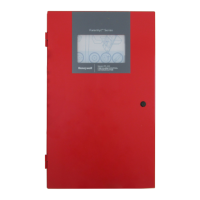
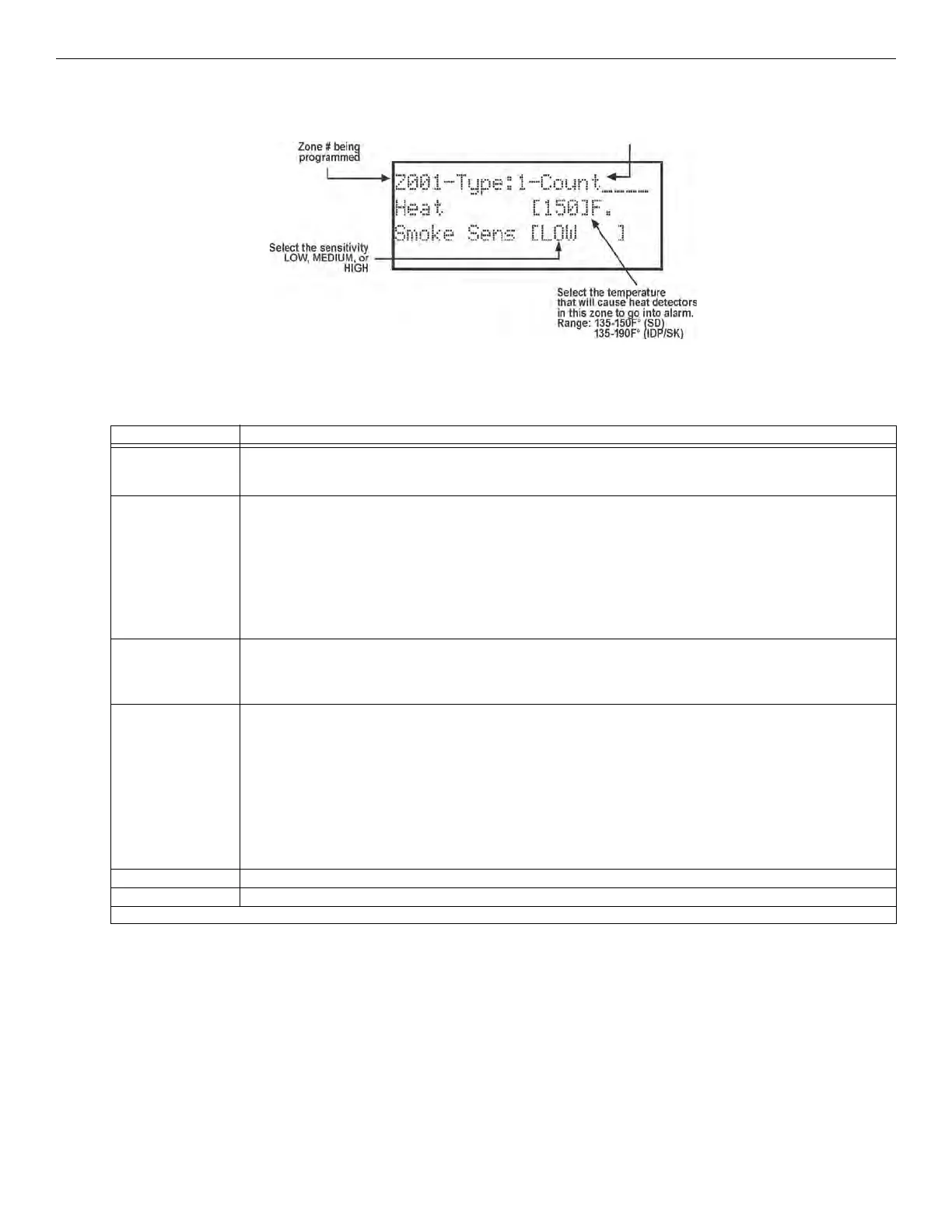